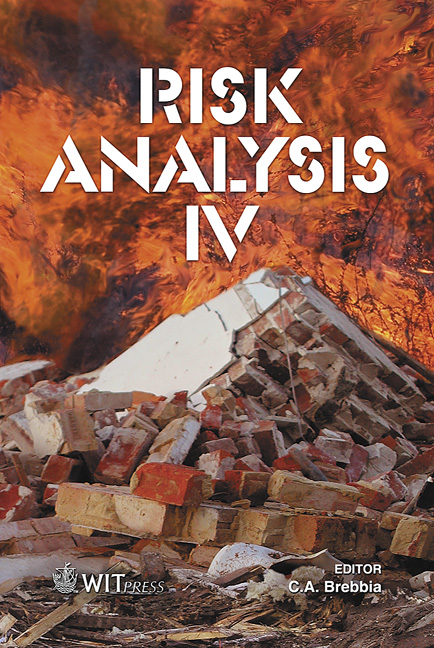Evaluation Of Landslide Hazard And Risk In North-eastern Italy
Price
Free (open access)
Transaction
Volume
77
Pages
13
Published
2004
Size
700 kb
Paper DOI
10.2495/RISK040201
Copyright
WIT Press
Author(s)
A. Pasuto, S. Silvano & F. Tagliavini
Abstract
In the past decade the Italian territory has been hit several times by serious hydrogeological catastrophes that have caused numerous victims and untold damage. In response to this situation, the Basin Authorities were set up, which have given new impetus to prevention and mitigation efforts, e.g. the adoption of the Municipality Risk Plan, now made obligatory for all local authorities by Law 267/98. This law will provide the fundamental means to fix boundaries for areas at risk, according to four different levels, depending on the kind of damage foreseen. Numerous methodologies have been tested to obtain as objective a picture of the risk situation as possible, with the aim of not penalising excessively the area investigated. The current work aims to illustrate the results obtained using a computer methodology defined by the Swiss Confederation, applied to a district (Chiampo in the province of Vicenza, north-eastern Italy) characterised by intense urban development linked mainly to considerable industrial and mining activities. Keywords: hazard assessment, risk assessment, landslide mapping. 1 Introduction In the 20th century numerous hydrological and geological disarray events caused the loss of at least 5381 lives in Italy and left over 100,000 people homeless or evacuated [1]. In the past 50 years, direct damage to assets and properties was estimated at around 500 million euros per year [2]. Following these disastrous events, there has been growing interest nationally and internationally in the search for new strategies aiming to mitigate geological and hydrological risks.
Keywords
hazard assessment, risk assessment, landslide mapping.





